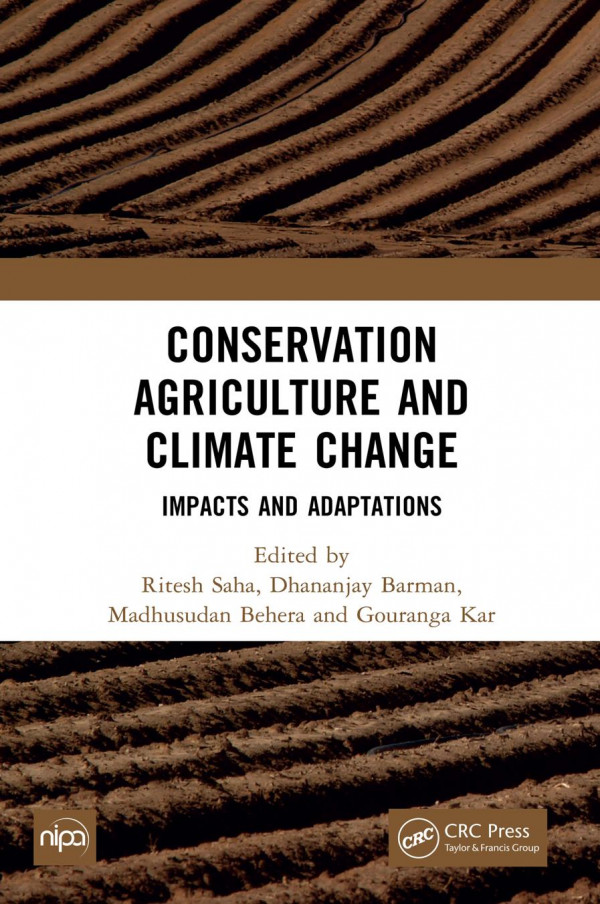

Most ebook files are in PDF format, so you can easily read them using various software such as Foxit Reader or directly on the Google Chrome browser.
Some ebook files are released by publishers in other formats such as .awz, .mobi, .epub, .fb2, etc. You may need to install specific software to read these formats on mobile/PC, such as Calibre.
Please read the tutorial at this link: https://ebookbell.com/faq
We offer FREE conversion to the popular formats you request; however, this may take some time. Therefore, right after payment, please email us, and we will try to provide the service as quickly as possible.
For some exceptional file formats or broken links (if any), please refrain from opening any disputes. Instead, email us first, and we will try to assist within a maximum of 6 hours.
EbookBell Team

0.0
0 reviewsConventional tillage and burning crop residues has degraded the soil resource base and intensified soil degradation with concomitant decrease in crop production capacity. The emerging issue of global warming coupled with greenhouse gases emissions has further aggravated the scenario. Conservation agriculture helps in reducing many negative effects of conventional agriculture such as soil erosion, soil organic matter decline, water loss, soil physical degradation, and fuel use. Conservation Agriculture helps improve biodiversity in the natural and agro-ecosystems. Complemented by other good agricultural practices including the use of quality seeds, integrated pest, nutrient and water management, Conservation Agriculture provides a base for sustainable intensification of the agricultural production system. Moreover, the yield levels in Conservation Agriculture systems are higher than traditional intensive tillage systems with substantially less production costs.
This book provides comprehensive understanding of the subject with topics related to climate change mitigation strategies, approaches and impact of conservation agriculture on natural resource management.
Print and electronic editions not for sale in South Asia (India, Sri Lanka, Nepal, Bangladesh, Pakistan, Afghanistan and Bhutan)